Hollywood isn't just dragging its feet when it comes to LGBTQ representation. In 2017,Jin Seo it actually took a step back.
According to GLAAD's annual Studio Responsibility Index, the percentage of mainstream releases featuring queer characters actually droppedto 12.8% in 2017, down from 18.4% the year before.
SEE ALSO: 2017 was a good year for LGBTQ cinema – if you knew where to lookThat's just 14 of the 109 films released by the seven major studios (Fox, Universal, Warner Bros., Disney, Sony, Lionsgate, and Paramount). Indeed, the 2017 percentage is the lowest ever tallied by GLAAD since it started releasing these annual report cards in 2012.
Granted, some fluctuation is expected from year to year, and a dip isn't automatically an indication that we're regressing. We should also point out that the indie and foreign film worlds were a different story. But it says something that mainstream American cinema is back where we were six years ago.
Here are some of the report's other interesting findings — the good, the bad, and the ugly.
GLAAD counted just 28 LGBTQ characters across all 109 mainstream studio releases in 2017. But one pleasant surprise is how diverse that group turned out to be. Just 43% of those characters were white; 28.5% were black and 28.5% were Latinx. (Examples include Zoë Kravitz's character in Rough Nightand Demián Bichir's in Alien: Covenant.)
Even here, though, there's room for improvement. There were no queer characters of Asian descent— or, for that matter, any other ethnicity or race.
The report picked up on one of the more frustrating trends in mainstream cinema: including LGBTQ characters, and then downplaying or obscuring their sexualities. For example, Tessa Thompson has said she played her Thor: Ragnarokcharacter Valkyrie as queer — but you wouldn't know it from the finished film, which cut out a scene that would've confirmed her as such.
Indeed, superhero movies in general seem to be whiffing hard here. GLAAD points out that a number of comic book characters have seen their queer identities erased in their big-screen adaptations — in addition to Valkyrie, there's Korg (also from Thor: Ragnarok), Wonder Woman, and Poison Ivy and Harley Quinn (from The Lego Batman Movie).
Even in this dismal cinematic landscape, some under the LGBTQ umbrella had it worse than others.
64% of the 14 queer-inclusive films featured gay men, 36% featured lesbians, and 14% featured bisexuals. Meanwhile, exactly zeroof the 109 mainstream studio films analyzed by GLAAD had trans or non-binary characters. (There was a trans actress, Jamie Clayton, in The Snowman, but no indication that her character was trans.)
That figure is a stark reminder that not everyone is making progress at the same rate — and that just clamoring for moreinclusivity isn't enough. We as moviegoers also need to demand better and broader queer representation, until the world we see onscreen starts to reflect the diverse one we see in the real world.
(Editor: {typename type="name"/})
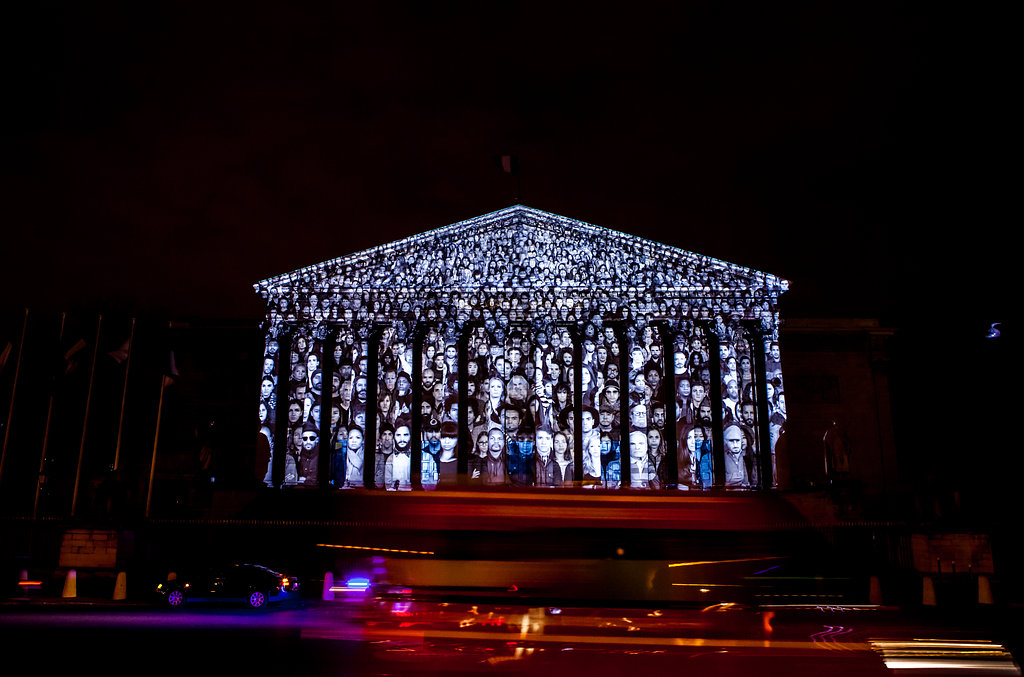 A Letter from COP21
A Letter from COP21
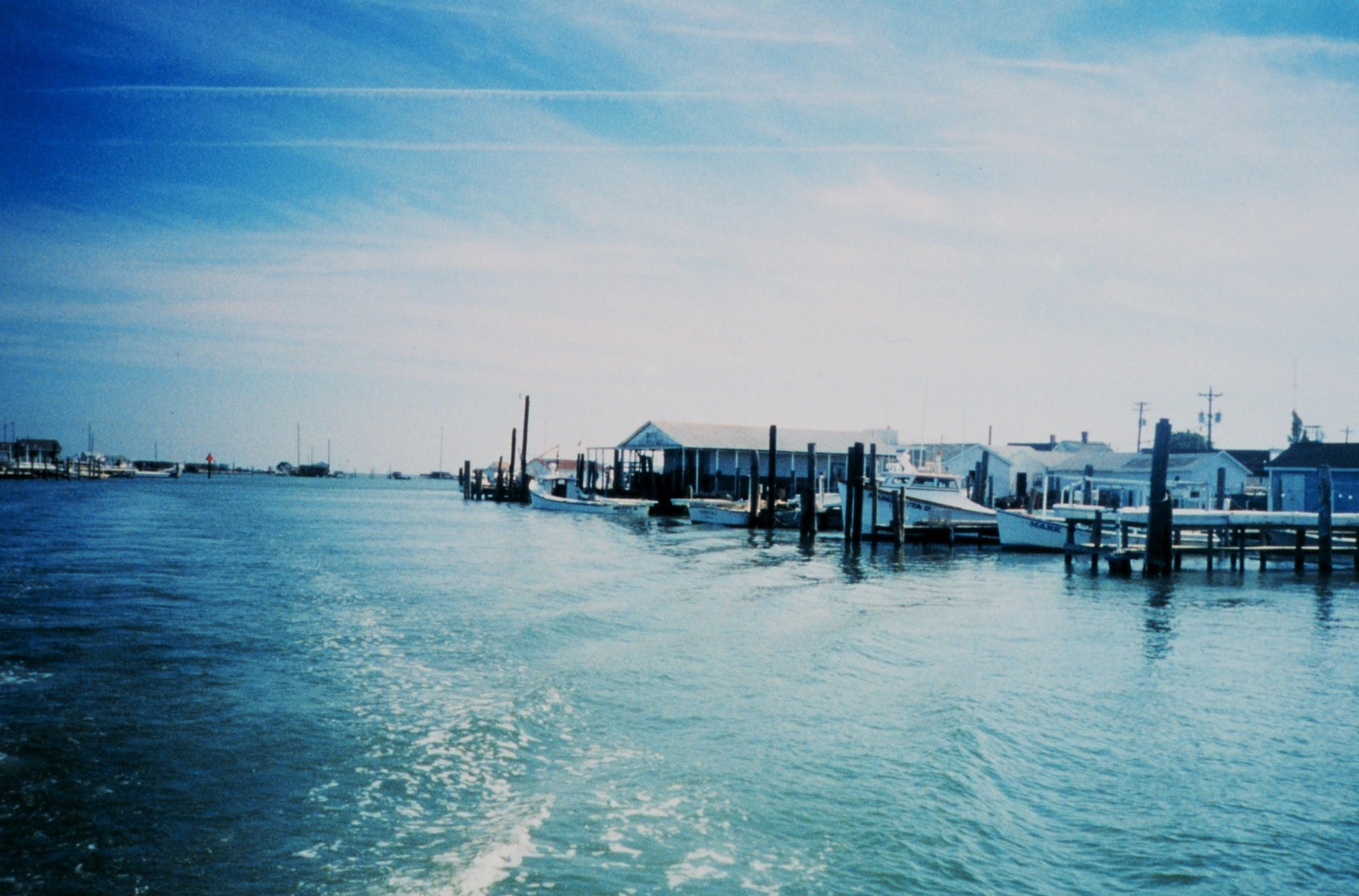 American Anomaly: The Tangier Island Accent
American Anomaly: The Tangier Island Accent
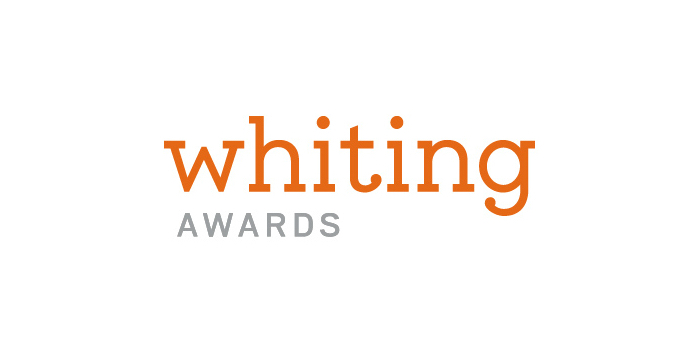 Whiting Awards Fellows Choose Their Most Influential Books
Whiting Awards Fellows Choose Their Most Influential Books
 SpaceX's BFR has a new name. Elon Musk is calling it Starship.
SpaceX's BFR has a new name. Elon Musk is calling it Starship.
What's Thermal Throttling and How to Prevent It
A Sentence I Wrote Went Viral, and I Have No Idea Why
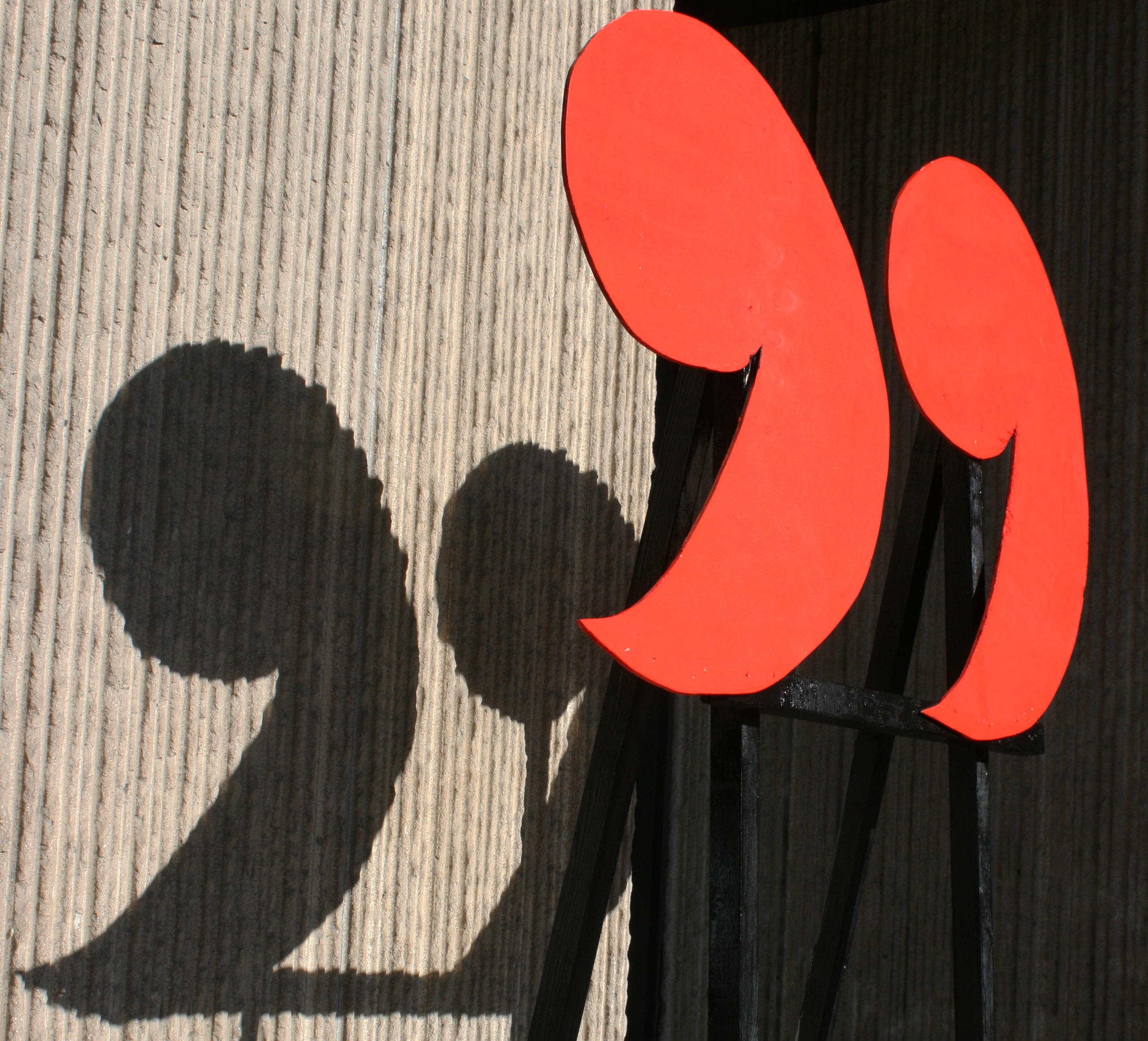 Quote UnquoteBy Jesse BrownerDecember 28, 2015Best of 2015We’re away until January 4, but we’re re-p
...[Details]
Quote UnquoteBy Jesse BrownerDecember 28, 2015Best of 2015We’re away until January 4, but we’re re-p
...[Details]
The Art of Losing: Rowan Ricardo Phillips on the NY Knicks
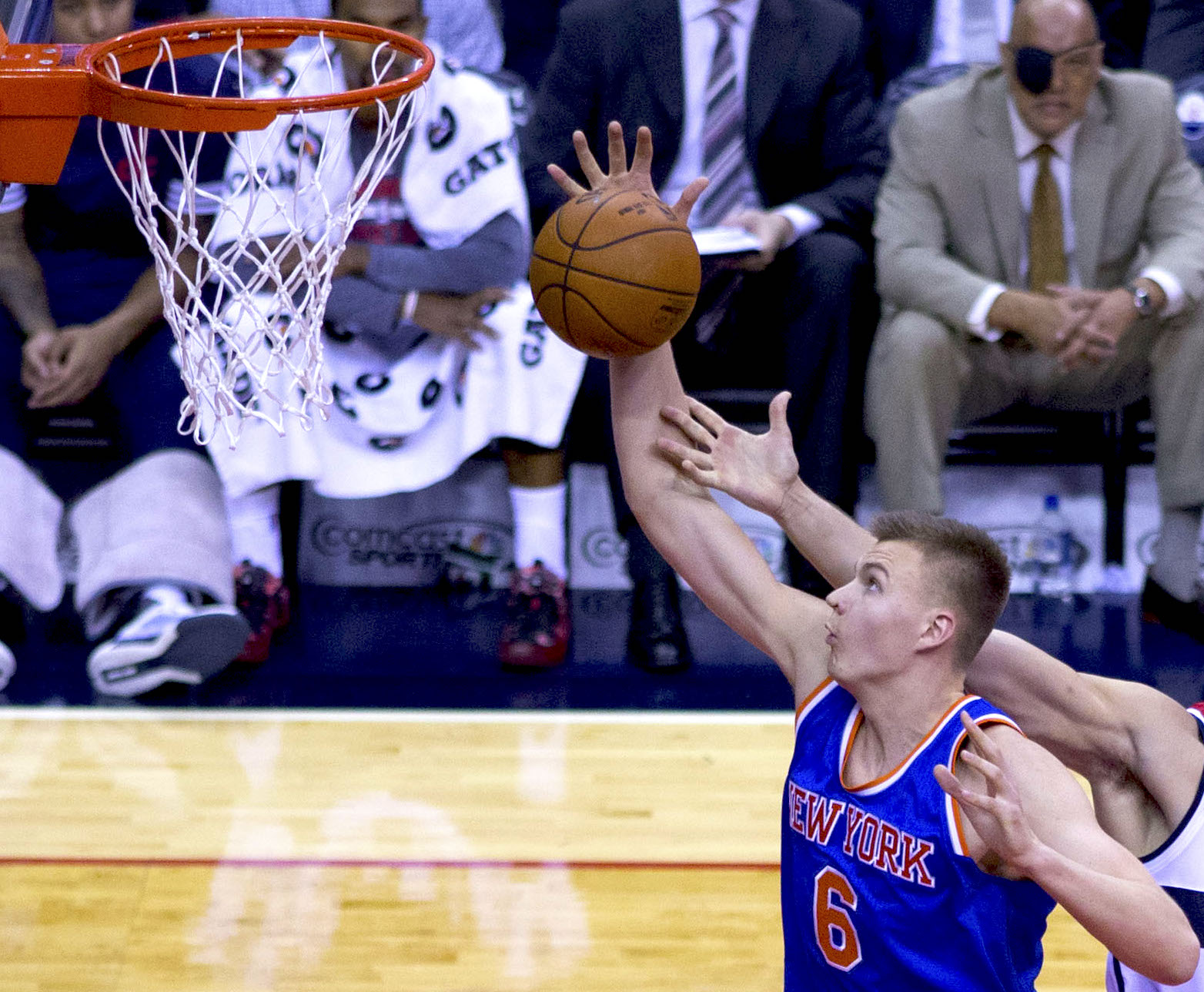 The Art of LosingBy Rowan Ricardo PhillipsDecember 2, 2015BasketballElizabeth Bishop would have some
...[Details]
The Art of LosingBy Rowan Ricardo PhillipsDecember 2, 2015BasketballElizabeth Bishop would have some
...[Details]
Staff Picks: Our Favorites from 2015
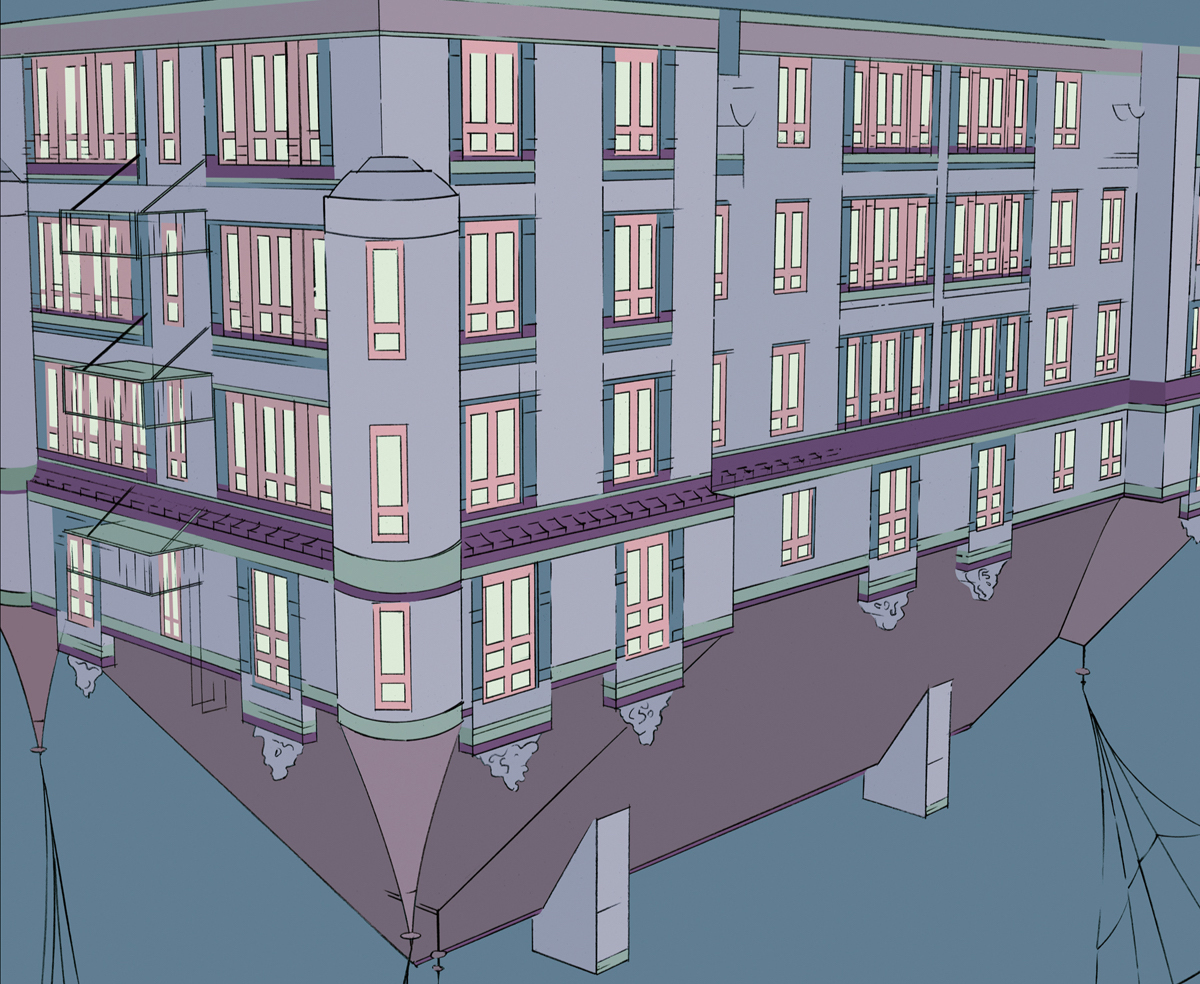 Staff Picks: Favorites from 2015By The Paris ReviewDecember 18, 2015This Week’s ReadingFrom the cove
...[Details]
Staff Picks: Favorites from 2015By The Paris ReviewDecember 18, 2015This Week’s ReadingFrom the cove
...[Details]
Ireland fines TikTok $600 million for sharing user data with China
 Ireland slapped TikTok with serious fines and, perhaps more worrying for the social media company, a
...[Details]
Ireland slapped TikTok with serious fines and, perhaps more worrying for the social media company, a
...[Details]
Our Winter Issue Is Here! Lish, Beckett, Lydia Davis, & More
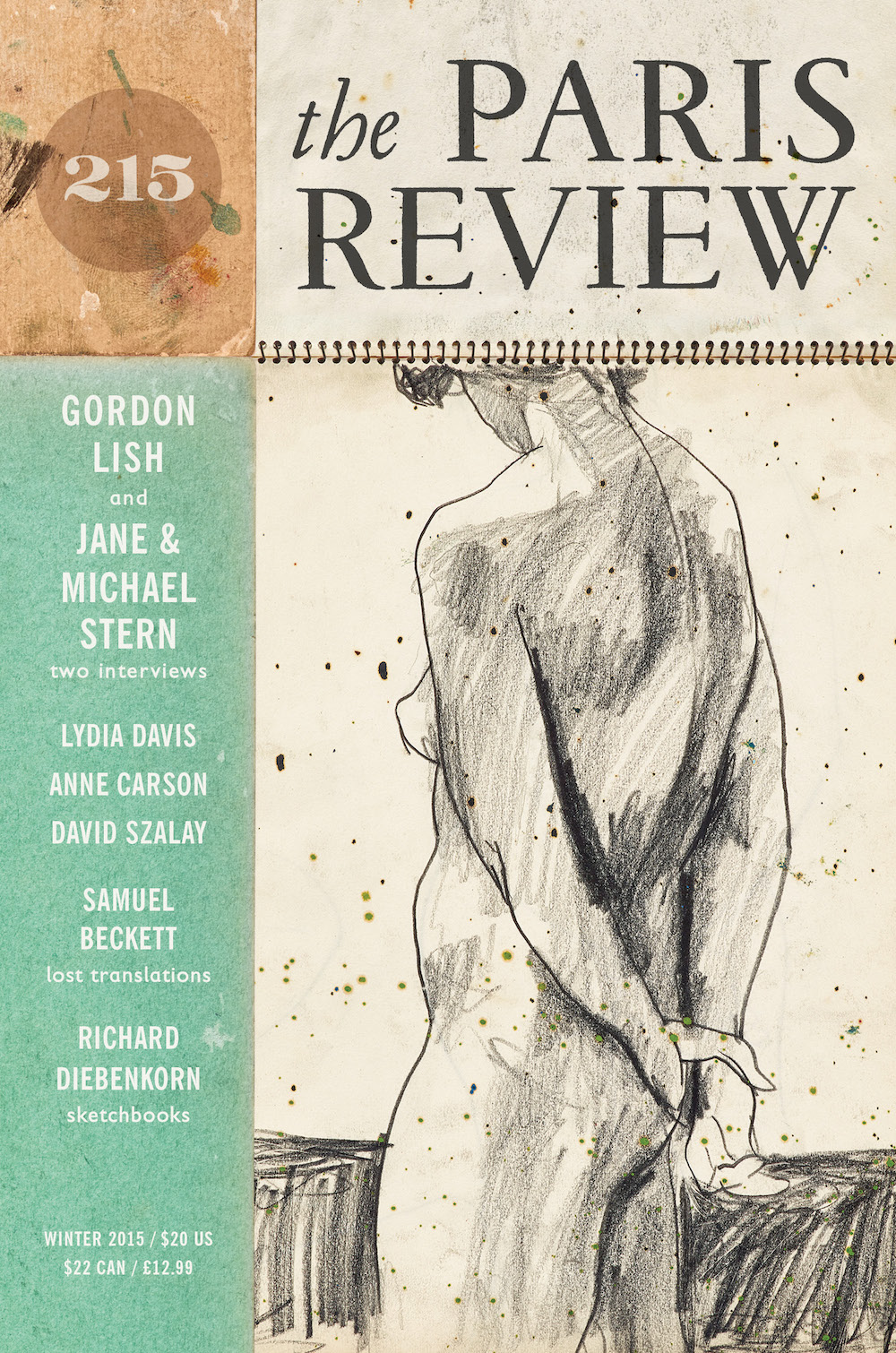 Cozy Up to Our Winter IssueBy The Paris ReviewNovember 26, 2015BulletinCall yourself a foodie? Put d
...[Details]
Cozy Up to Our Winter IssueBy The Paris ReviewNovember 26, 2015BulletinCall yourself a foodie? Put d
...[Details]
The Elliptical Life and Poetry of Etheridge Knight
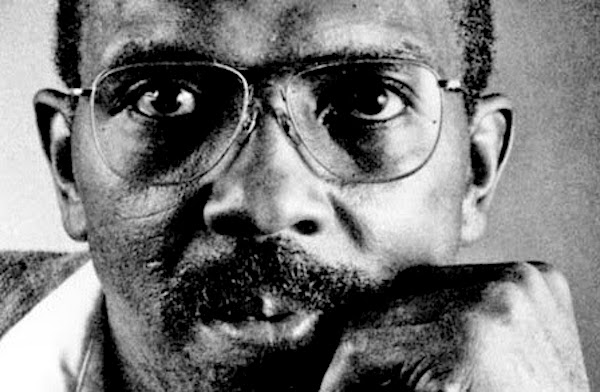 The Space Between EverythingBy Terrance HayesDecember 23, 2015Best of 2015We’re away until January 4
...[Details]
The Space Between EverythingBy Terrance HayesDecember 23, 2015Best of 2015We’re away until January 4
...[Details]
Aurel Schmidt Dismantles the Mechanics of Marketing
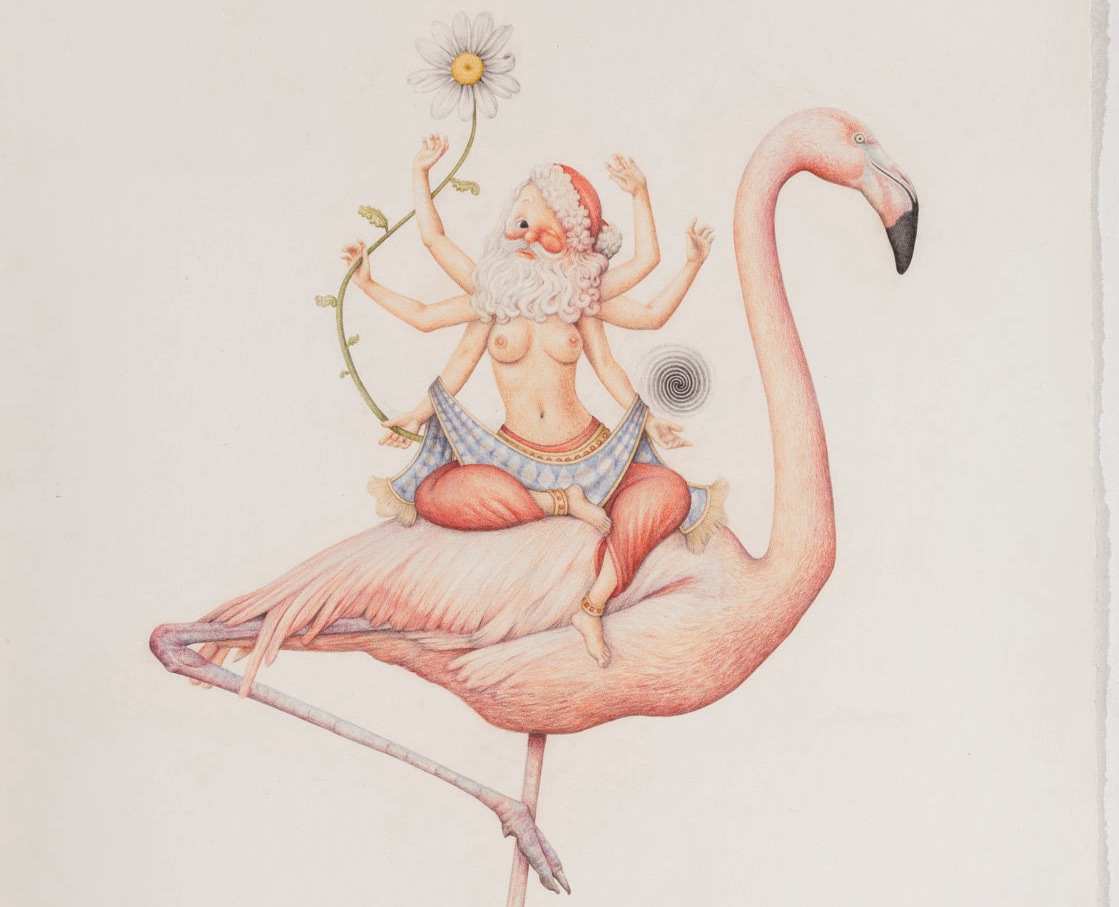 Sexy Santa, and Other NewsBy Dan PiepenbringNovember 23, 2015On the ShelfAurel Schmidt, Shiva(detail
...[Details]
Sexy Santa, and Other NewsBy Dan PiepenbringNovember 23, 2015On the ShelfAurel Schmidt, Shiva(detail
...[Details]
The Story Behind the Home of Forgotten Video Games
Staff Picks: Mary Beard, David Bowie, M.F.K. Fisher
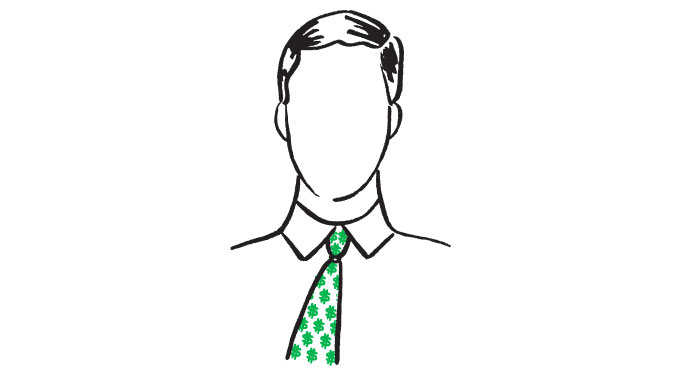 Staff Picks: Conspiracy, Camaraderie, CatsupBy The Paris ReviewNovember 20, 2015This Week’s ReadingF
...[Details]
Staff Picks: Conspiracy, Camaraderie, CatsupBy The Paris ReviewNovember 20, 2015This Week’s ReadingF
...[Details]
接受PR>=1、BR>=1,流量相当,内容相关类链接。